Shifting Cultivation: Features, Process, Advantages and Disadvantages of Shifting Cultivation | Tractorgyan
टेबल ऑफ कंटेंट
Shifting cultivation is a form of farming method which is practiced by millions of people across the world, especially in south-east Asia. It was first considered environmentally destructive, but now with much research, it has been concluded that shifting cultivation can be beneficial to both communities and the environment if managed properly. According to a recent judgment, shifting cultivation was one of eight potential “game changer” food systems for Agenda 2030. But changing the earlier perceptions regarding shifting cultivation is quite challenging.
Unfortunately, many misconceptions prevailed for many years about shifting cultivation. Many Researchers also concluded that early misunderstandings led the cultivators “abandon” their land after one or two harvests. Hence, it resulted in the destructive and economically unviable practice of farming, and it was contributing to deforestation and soil erosion.
So, let's know every minute detail to make your perceptions clear about shifting cultivation in India and the advantages and disadvantages of shifting cultivation in India.
What is Shifting Cultivation?

Shifting cultivation is a kind of cropping system practised in India. It is also defined as rotational cultivation and forest management system practised sequentially in the same plot of land. In this shifting cultivation method, the agricultural plots are cultivated temporarily and afterwards abandoned (to rejuvenate) while post-disturbance fallow vegetation is permitted to freely grow while the cultivator moves on to another plot. The period of cultivation is terminated by estimating the signs of soil exhaustion or when the agricultural land is overrun by weeds.
Moreover, In the shifting cultivation method, after two or three years of growing vegetable and grain crops on cleared land, the migrants abandon it for another plot. These lands are then cleared by slash-and-burn method, which involves clearing of trees, bushes and forests through slashing, and the remaining vegetation is then burnt. As a result, the ashes formed after burning adds potash to the soil. Further, the seeds are sown after the rains.
Important features of shifting cultivation
-
Shifting cultivation involves the rotation of fields for growing crops, the land is temporarily cultivated and then left abandoned for 2 to 3 years to again become fertile for the next cultivation.
-
Shifting cultivation involves the use of fire for clearing the land, which is known as the slash-and-burn method.
-
In this method, the land is kept fallow for 2 or 3 years for regeneration.
-
It includes the non-employment of draft animals.
-
No complex types of equipment are involved in shifting cultivation, it only involves very crude and simple tools such as dibble sticks and scrapers.
-
Mixed crops are grown in shifting cultivation in rotational shifts.
Climatic conditions required for shifting cultivation
Shifting cultivation in India is commonly practised in humid, low-latitude climatic regions, where temperatures are relatively high and rainfall is abundant. Shifting cultivation is carried out by the world's 250 million people from different regions, majorly in the tropical rainforest of South America, Central and West Africa, and Southeast Asia. This method enables the cultivators to grow different crops in each cycle. However, the fallow period between two crop cycles has transformed land use patterns in many areas.
Process of shifting cultivation
-
Initially, the farmer has to choose a site for planning
-
They have to clear the vegetation that has covered the land or fields.
-
Cultivators then cut most of the plant with the use of economically helpful axes.
-
Then using slash and burn method they burn the debris carefully.
-
Afterwards, the ash developed gets to mix with the soil on the arrival of rains, providing essential nutrients and helping in land being fertile.
-
These cleared areas with ash are known as swidden, ladang, milpa etc.
-
Then they cultivate the field briefly for three seasons or less.
-
Farmers leave the old land uncultivated for several years.
-
They return to farming or cultivation after 3 or more years. Cultivators also look after the fruit trees on the land while leaving the land.
In short, farmers have to find the place where they want to grow the crop, this place is close to their village or township. Before planting, they will remove all the plants that covered the whole ground using axes and hoes. On the arrival of rainfall, the ashes get mixed with the soil and provide essential nutrients to the land.
Advantages of shifting cultivation
-
Shifting cultivation allows the land to rejuvenate and get back its lost nutrients. It is one of the sustainable cultivation methods as long as no harmful damage is caused to the land.
-
Since the land is easily recycled or regenerated, it can receive seeds and nutrients from the nearing vegetation.
-
Shifting cultivation benefits the land as it saves many resources and provides nutrients. This is because the area is cleared and the burned vegetation offers many nutrients to the field.
-
Shifting agriculture also ensures more productivity and sustainability in agriculture
-
The slash-and-burn method allows the cultivators to easily grow crops and thus shifting cultivation is also known as slash-and-burn farming.
-
Shifting cultivation is also considered an eco-friendly way of farming as it is practised organically.
-
Shifting cultivation is also considered the easy mode or form of weed control.
-
The process of shift farming also plays an important role in pest control.
-
Shifting cultivation even contributes to reduced Soil bone diseases.
-
Shifting agriculture even reduces the rate of environmental degradation and helps in maintaining the fertility of the land.
-
Shifting cultivation is one of the modes to clear lands through a slash-and-burn strategy. It only keeps large trees in the farming land after the other vegetation has been cut down and burned.
Disadvantages of shifting cultivation
People often ask what is shifting cultivation, what are its disadvantages. We have listed the disadvantages of shifting cultivation below.
-
Shifting agriculture can even lead to deforestation as the farmers leave and hunt for another small area of the forest and clear it by slash and burn due to soil infertility with the present land.
-
Shifting cultivation also causes soil erosion and desertification.
-
This method of farming can even destroy watersheds.
-
The method of shifting cultivation is also considered uneconomical.
-
It can even lead to a loss of biodiversity
-
It also increases the risk of Water pollution in coastal areas because of raw sewage and oil residue
-
Shifting the cultivation method of farming restricts the intensity of land use.
Hence, shifting cultivation is also criticised because of the principle that it degrades soil fertility and the fertility of forestlands in many tropical areas. On the other hand, this farming method is highly adapted to tropical soil conditions where continued and long-period cultivation has been practised on the same soil without advanced soil conservation methods and fertilizer. This is because it is detrimental to the fertility of the land. This is why it is suggested to cultivate the land for a shorter period and abandon it before the soil totally exhausts its nutrients.
Moreover, these disadvantages can be managed through:
-
Quality education for farmers
-
Implementing Agroforestry
-
Selective logging can also be practised for better outcomes.
-
Forest reserves by protecting specific land from cultivation
-
Afforestation
-
Close monitoring by use of advanced technology as well as photography for ensuring sustainability.
How largely is shifting cultivation practised or what is the extent of shifting cultivation?
According to recent estimates, shifting cultivation covers 0.59 percent of the entire land area in India. The environment and ecology of these areas have been severely and widely degraded by shifting farming. A given land's changing cultivation cycle, which used to last for 15-20 years, is now only two or three years long. As a result, there has been extensive deforestation, loss of soil and nutrients, and weed and other species invasion. Significant damage has been done to the local biodiversity. According to recent figures, Odisha is the state with the most land used for shifting cultivation in India.
Different names for shifting cultivation in different areas
In the hilly states of northeastern India, it is referred to as Jhum or Jum, in Orissa, Podu, Dabi, Koman or Bringa, in the Western Ghats, as Watra, in the southeast of Rajasthan, as Penda, Bewar or Dahia, and in the Madhya Pradesh district of Bastar, as Deppa or Kumari.
Environmental impact of shifting cultivation in India
-
Shifting cultivation causes forest loss, which includes the area's flora and fauna, valuable trees, plants, shrubs, etc.
-
On a positive note, this reduces the intensity of land use and prevents degradation
-
Negative impact includes loss of soil fertility, deforestation and uncontrolled risk of forest fires.
-
Wild animals lose their source of food and shelter
-
It can even lead to the risk of flooding in downstream areas.
-
It can occur in siltation in rivers, dams and reservoirs.
-
The environment is degraded and destroyed, which cannot be replenished.
Conclusions to combat the effects of shifting on the environment over the land.
-
Afforestation should be started to replenish the vast areas of land that have been abandoned.
-
To keep an eye on the land used for such cultivation, close monitoring of the landscape is necessary.
-
It is important to promote agroforestry, which involves farmers simultaneously caring for large trees and crops.
-
In some regions of India, such as Nagaland, shifting cultivation is nearly hard to entirely control. But we can resolve the issue. This approach can be enhanced rather than limited.
About TractorGyan
Tractor Gyan is an expert-led platform that aims to empower Indian farmers by providing accurate and timely information, and technological advancement about tractors and farm equipment in India.
TractorGyan helps farmers with New Tractor information, Compare Tractors, Tractor prices, Buying and selling of second-hand tractors, Tractor Insurance, Tractor Finance, Tractor tyre, Tractor Implements, Tractor EMI calculator, and more.
On our Platform, we have information about leading brands :
- In tractors like Swaraj, Farmtrac, New Holland, Massey Ferguson
- In Tyres like MRF, Ceat, Apollo etc.
- In Tractor Finance like Mahindra Finance, TVS Finance, Etc.
- In Tractor Implements like Shaktiman, Fieldking, Landforce, Khedut, etc.
- In Tractor Insurance like Mahindra Finance, Axis Bank, ICICI Bank, etc.
TractorGyan is Helping India mechanize by delivering crucial information about tractor buying and guiding farmers at every step so that they get a tractor or farm equipment that empowers and equips them to produce quality yield.
FOLLOW US ON:- Facebook, Instagram, Linkedin
कैटेगरी
और ब्लॉग पढ़ें
मित्सुबिशी महिंद्रा एग्रीकल्चर मशीनरी, जापान और भारत में महिंद्रा रिसर्च वैली द्वारा विकसित की गयी एक बहुत ही उन्नत ट्रैक्टर सीरीज, महिंद्रा ओजा ट्रैक्टर, का आज ग्लोबल लॉन्च हो गया है।
इस लॉन्च में कंपनी ने चार उप-ट्रैक्टर प्लेटफार्मों का अनावरण करके...
• A Symphony of Innovation: Conceived in collaboration with Padma Bhushan and Academy Award-winning music composer AR Rahman, Mahindra's new sonic identity includes over 75 meticulously crafted sounds, like drive sounds and experience modes.
• Groundbreaking collaboration: Mahindra, HARMAN, and Dolby Laboratories Unite...
• The Global Pik Up (Project Code Z121): Based on the Tough & Versatile New Gen Ladder Frame platform, the Global Pik Up is engineered to deliver performance, safety, utility, and robust capability.
• Authentic Design: Designed at Mahindra India Design Studio (MIDS),...
इसके बारे में अपनी टिप्पणी लिखें Shifting Cultivation: Features, Process, Advantages and Disadvantages of Shifting Cultivation | Tractorgyan
.webp&w=1920&q=75)
ट्रैक्टर और कृषि से जुड़े सबसे अधिक खोजे जाने वाले ब्लॉग्स
07 Jan 2026
18 Dec 2025
29 Jul 2025
08 Sep 2025
03 Jul 2025
30 Jul 2025
30 Jul 2025
30 Jul 2025
29 Jul 2025
30 Jul 2025
26 Dec 2025
31 Jul 2025
18 Dec 2025
26 Dec 2025









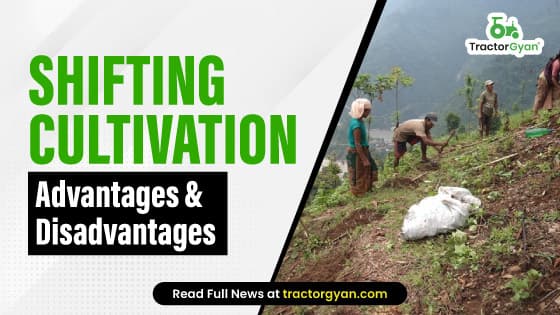






.webp&w=2048&q=75)
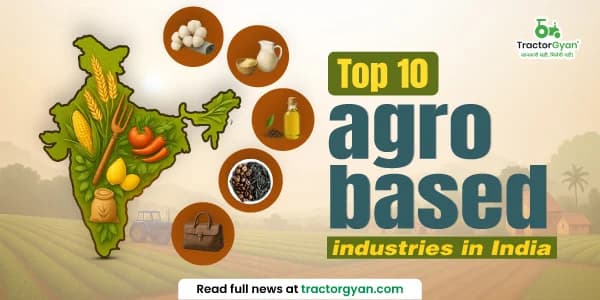
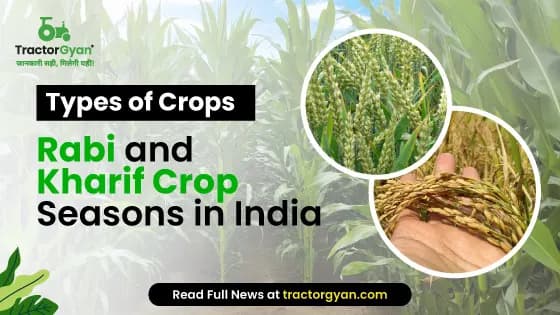




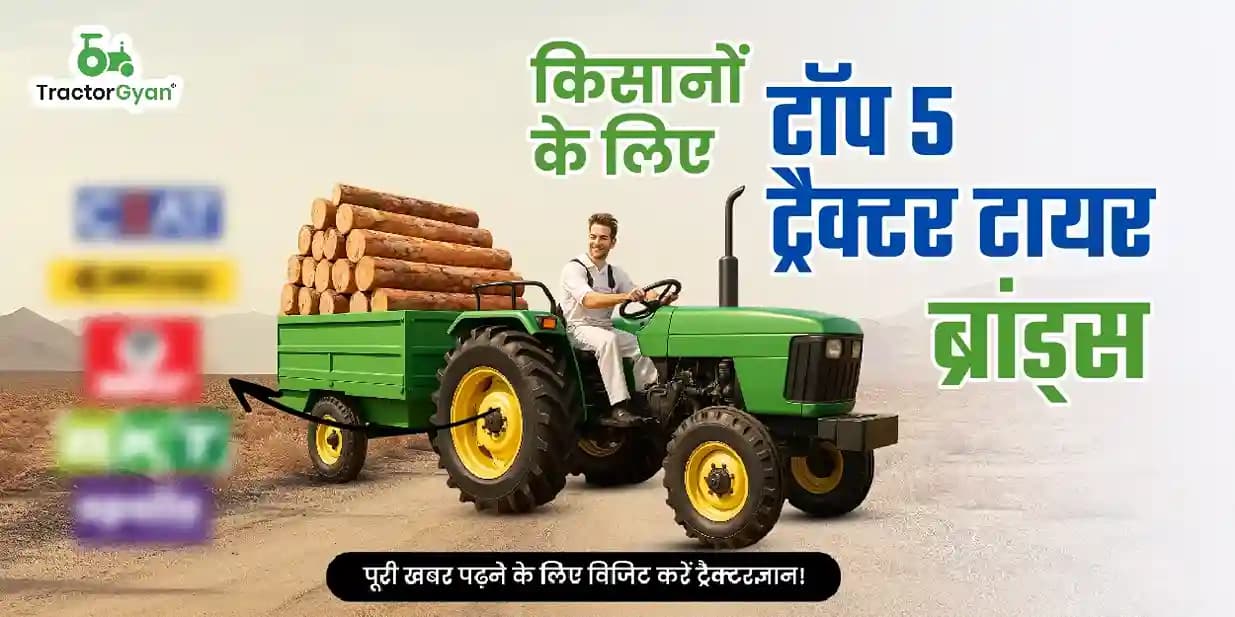


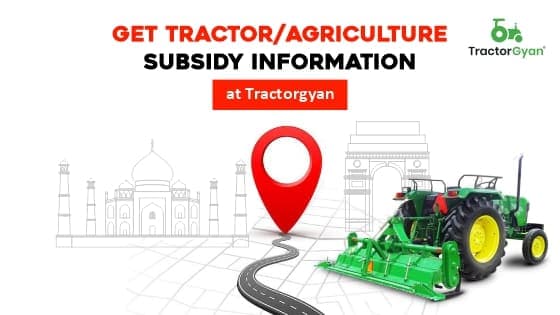
.webp&w=2048&q=75)
.webp&w=2048&q=75)




























